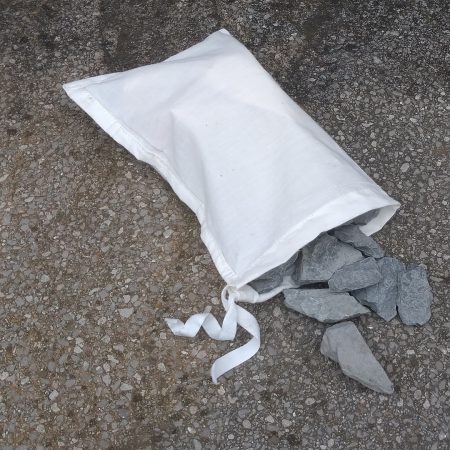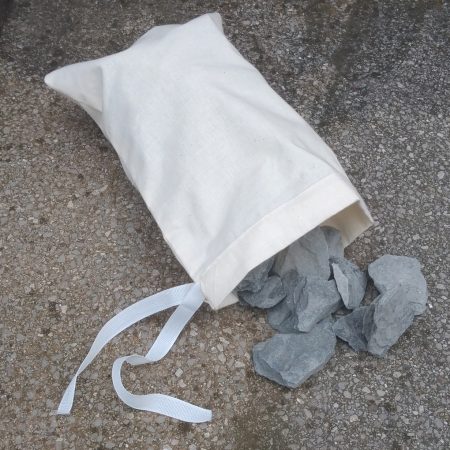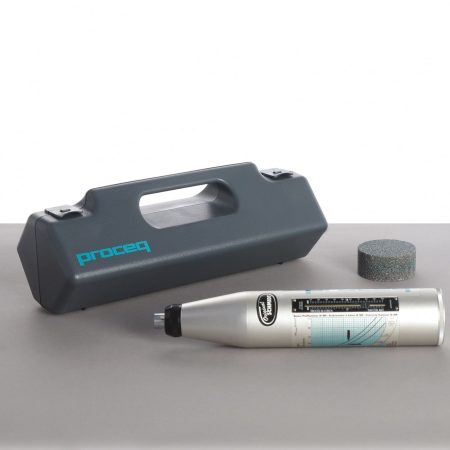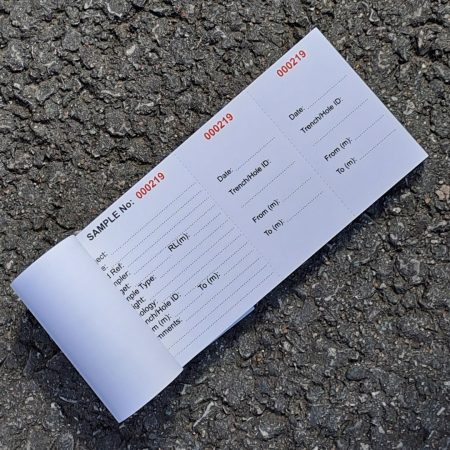£0.40 ex VAT
Mineral streak plate to enable field geologists to perform streak tests in the field. Our plates are white and suitable for performing tests on most minerals, particularly if dark. They are unglazed porcelain, measuring 50 x 50 mm in size and 4mm thick. The unglazed surface allows for better contact of the mineral with the plate surface.
The hardness of the mineral streak plates is suitable for hardnesses up to Apatite, which will scratch a streak plate. Silicate minerals up to quartz will easily pulverize with a hammer, but anything harder is not suitable for a field test for streak.
Mineral streak plate to enable field geologists to perform streak tests in the field. Our plates are white and suitable for performing tests on most minerals, particularly if dark. They are unglazed porcelain, measuring 50 x 50 mm in size and 4mm thick. Additionally, the unglazed surface allows for better contact of the mineral with the plate surface.
A mineralogical streak plate test involves an exploration geologist or geology student simply dragging a hand specimen across the plate surface. This results in a ‘streak’ across the surface. The colour of which aids in determining the mineral in question. It is particularly useful for diagnosing opaque and colored materials. Silicate minerals are less so on a white mineral streak plate.
Furthermore, the hardness of the mineral streak plates is suitable for hardnesses up to Apatite, which will scratch a streak plate. Silicate minerals up to quartz will easily pulverize with a hammer, but anything harder is not suitable for a field test for streak.
Alongside other field tests, such as the acid test, magnet test, and scratch test. The streak test is fundamental in the early stages of geological mapping and sampling to determine the area’s mineralogical data.
Streak examples are as follows:




